Judicial inspection in construction is an important field of expertise, playing a key role in resolving disputes, determining damages and ensuring fairness in construction-related cases. Below is the content of Judicial inspection in construction to determine the type and volume of construction materials and minerals from overview to detail, please follow:
THE ROLE OF CONSTRUCTION JUDICIAL INSPECTION IN DETERMINING THE TYPE AND VOLUME OF MATERIALS AND MINERALS
Determining the type and volume of construction materials and minerals is a key factor in investigation, prosecution, and trial. Providing transparent, scientific, and objective evidence to law enforcement agencies to handle illegal violations.
-
Types of construction materials and minerals:
-
Definition: What do construction materials include? (cement, sand, stone, steel, bricks, wood, paint, finishing materials, etc.).
-
Minerals are useful minerals that are naturally accumulated in solid, liquid, and gaseous form and exist underground or on the ground, including minerals at mine waste sites.
-
Importance of species: Affects the inspection conclusion report.
-
Factors to be determined: Grade, strength level, size, chemical composition, physical properties (for example: compressive strength of concrete, steel grade, fineness of sand...).
-
Volume of construction materials and minerals:
-
Definition: The specific amount of material used or required for a project or work.
-
Mineral wealth is the portion of mineral resources that have been exploited.
-
Importance of volume: Directly related to fraud, loss due to unauthorized use.
-
Common units of measurement: m³, ton, kg, m², piece, set...
-
The role of Construction Judicial Inspection in determining the type and volume of materials and minerals:
-
Dispute Resolution: Transparency of information on materials used and minerals exploited.
-
Identify materials and minerals: Identify the types of materials used and minerals mined.
-
Damage determination: As a basis for calculating damage caused by using illegal materials or using illegal minerals.
-
Serving investigation, prosecution and trial: Providing scientific and objective evidence for law enforcement agencies to evaluate.
LEGAL BASIS AND DOCUMENTS REQUESTING CONSTRUCTION FORENSIC APPRAISAL OF TYPES AND QUANTITIES OF CONSTRUCTION MATERIALS & MINERALS
-
Legal basis Current construction legal documents
-
Inspection request file:
-
Decision to request an inspection or request an inspection (from the Court, the Procuracy, the investigation agency, or the request of an individual or organization).
-
Project related documents: Contract, design documents, estimates, construction drawings, construction diary, acceptance report, material quality certificate (if any).
-
Information on current status of the project, arising problems (if any).
PROCEDURES AND METHODS FOR ASSESSING TYPES AND QUANTITIES OF CONSTRUCTION MATERIALS AND MINERALS
-
Site survey and information collection:
-
Visually observe, take photos and videos of the current status of the project.
-
Determine the location of material use and mineral exploitation.
-
Collecting material and mineral samples (sampling):
-
Sampling principles: Representative, random, ensuring sample integrity.
-
Sampling techniques: Describe in detail how to sample each type of material (concrete coring, steel cutting, sand/rock sampling, etc.).
-
Sample preservation and sealing: Ensure that the sample is not altered or swapped during transportation and storage.
-
Testing of materials and minerals:
-
Purpose: To determine the technical characteristics of materials used and minerals exploited.
-
Common types of experiments:
-
Concrete: Compressive strength test (on precast or cored specimens), slump, aggregate composition.
-
Steel: Tensile and bending tests, determination of yield limit, chemical composition (spectrometer).
-
Bricks: Compressive strength and water absorption test.
-
Sand, stone: Analysis of grain size, impurity content, bulk modulus.
-
Cement: Determination of fineness, strength.
-
Other materials: Depending on the type of material, there are specialized tests (e.g. color fastness of paint, water resistance of waterproofing materials).
-
Laboratory equipment: List types of specialized machinery and equipment.
-
Applicable standards: Always comply with TCVN, ASTM,... when performing experiments.
-
Check, measure and determine the volume of materials and minerals:
-
Measurement method: Use specialized measuring equipment (meter ruler, level, total station, laser scanner) to measure the geometric dimensions of components and items.
-
Volume calculation: Based on actual measurements and design drawings to calculate the volume of each type of material.
-
Inspection report: Confirm the specific volume in the appraisal report for legal action.
-
Analyze, evaluate and report appraisal results:
-
Summary of results: From surveys, experiments, measurements.
-
Analysis of material and mineral types: Determine the types and quantities of materials used and minerals exploited.
-
Provide appraisal conclusion: Clearly state the type and actual volume of materials, violations (if any), causes (if identified) and level of impact.
-
Reporting form: Clear, transparent, scientific, well-founded, and legal.
THE MEANING OF CONSTRUCTION JUDICIAL INSPECTION OF TYPES AND QUANTITIES OF CONSTRUCTION MATERIALS AND MINERALS
-
For disputing parties: Provide a solid legal basis to protect rights and compensate for damages.
-
For the prosecution agency: Support to make fair and legal judgments and verdicts.
-
For the construction industry: Contribute to improving construction quality, preventing violations, and making construction activities transparent.
SVG ENGINEERING IS A PRESTIGIOUS CONSTRUCTION JUDICIAL INSPECTION UNIT FOR 20 YEARS
Sao Viet Construction Design Consulting and Inspection Joint Stock Company (SVG Engineering) is a reputable construction consulting, design and inspection company headquartered in Hai Phong City, Vietnam and 3 representative offices in Hanoi, Hue City and Ho Chi Minh City. We provide construction judicial inspection services with a team of construction engineers and experts appointed by the Chairman of Hai Phong City People's Committee and granted a Construction judicial inspection card. SVG Engineering has been operating in this field for 20 years and is known as a reputable unit in Vietnam.
IMAGES OF SVG ENGINEERING PERFORMING CONSTRUCTION JUDICIAL INSPECTION OF MATERIALS AND MINERALS
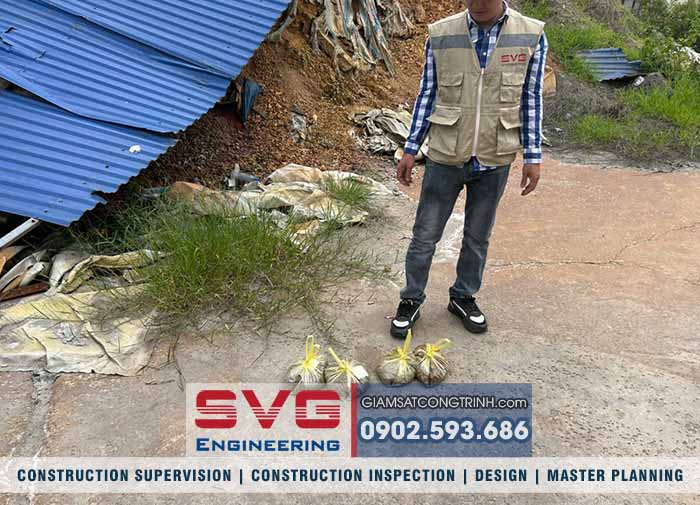
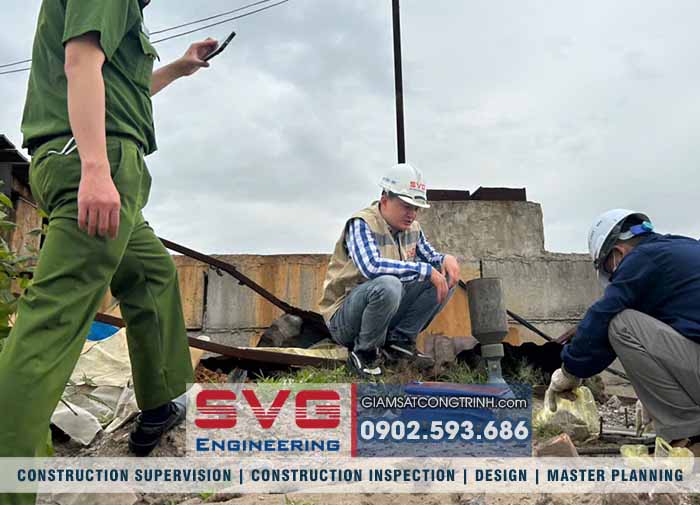
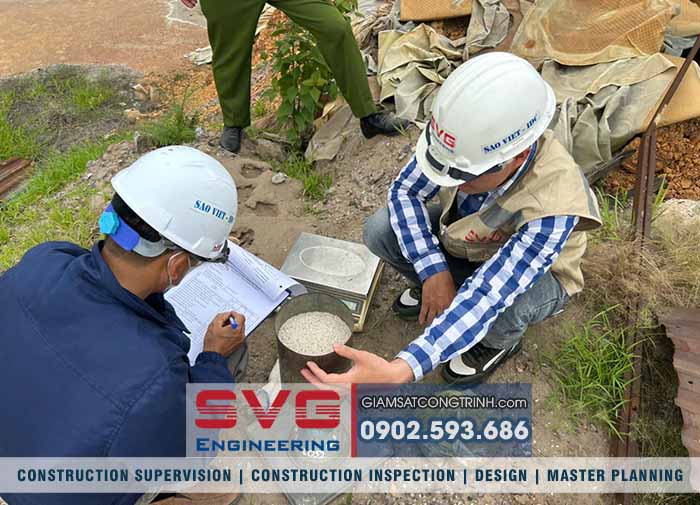
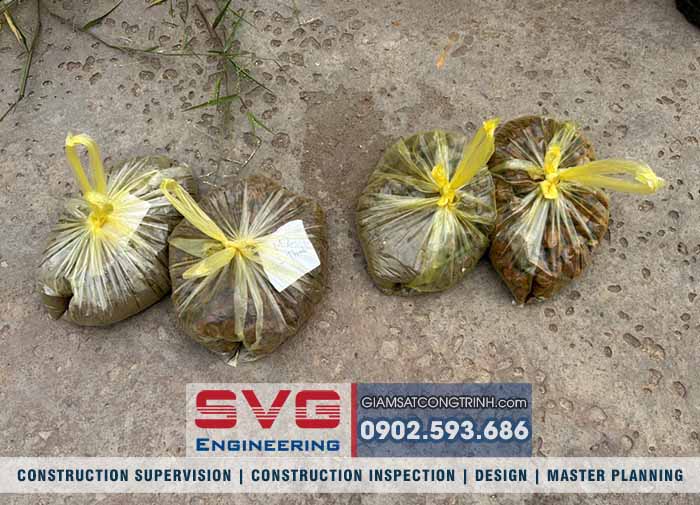
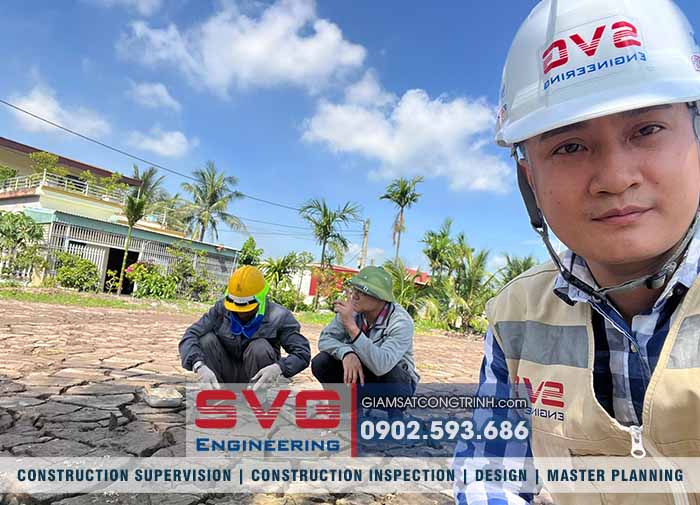
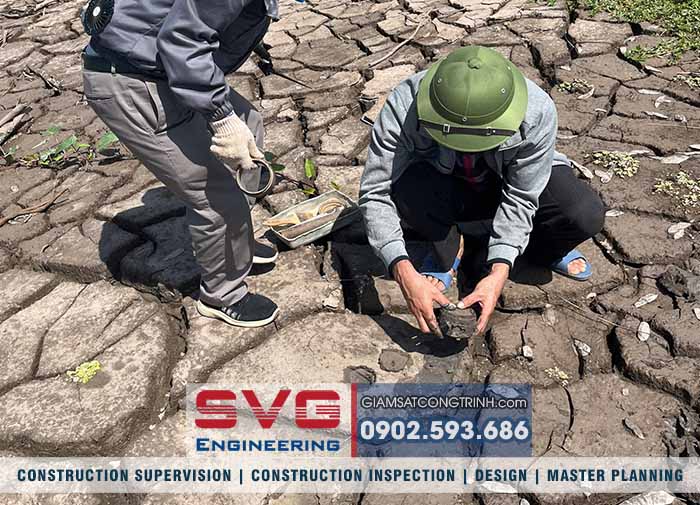
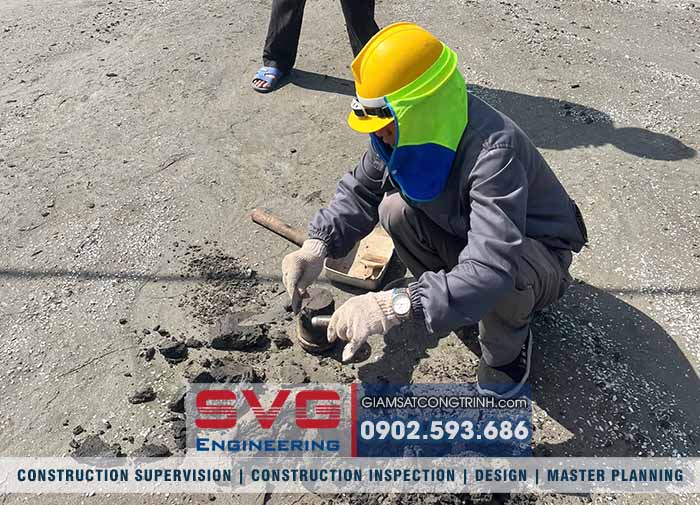
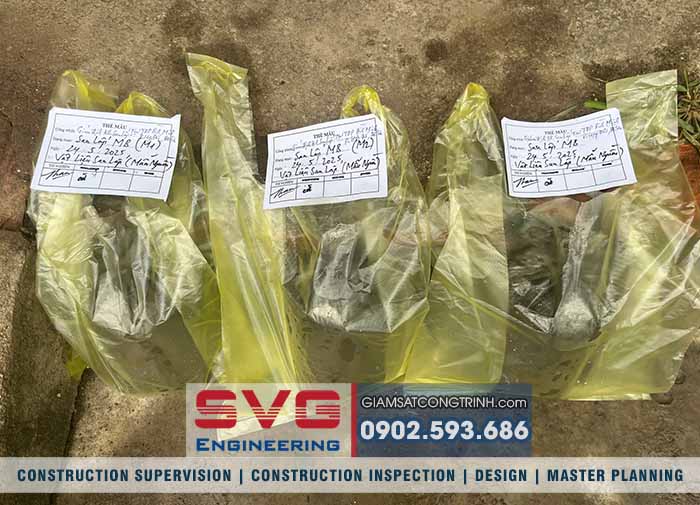


EXPENSE OF JUDICIAL INSPECTION IN VIETNAM
Please immediately contact Hotline: 0902.593.686 (Mr. Thang) & Email: svg.engineer@gmail.com to support and advice on issues related to Judicial inspection in Viet Nam ... Best regards!

VietNam construction consulting - Mr. Thang 0902.593.686
CONTACT US:
SAO VIET CONSTRUCTION DESIGN CONSULTING AND INSPECTION JOINT STOCK COMPANY
🏢 Hai Phong Office :
SVG Building, Bui Vien Street, Le Chan District
☎ Tel: (0225) 3.747.819
📞 Hotline: 0902.593.686
📧 Email: svg.engineer@gmail.com & svg.group2005@gmail.com
🌎 VietNam Website: giamsatcongtrinh.com
🌎 English Website: en.giamsatcongtrinh.com
🌎 China Website: cn.giamsatcongtrinh.com
 Youtube Channel: https://www.youtube.com/@svgengineering
Youtube Channel: https://www.youtube.com/@svgengineering
🏢 Representative offices:
1, Ha Noi: No. 9, Alley 81 Hoang Cau Street, Dong Da District, Ha Noi Capital
2, Hue: M25 Lot , Road 21, Dong A Thuy An, Thuy Duong Ward, Huong Thuy Commune, Thua Thien Hue Province
3, Ho Chi Minh: 2/1C Cao Thang Street, 05 Ward, 3 District, Ho Chi Minh City